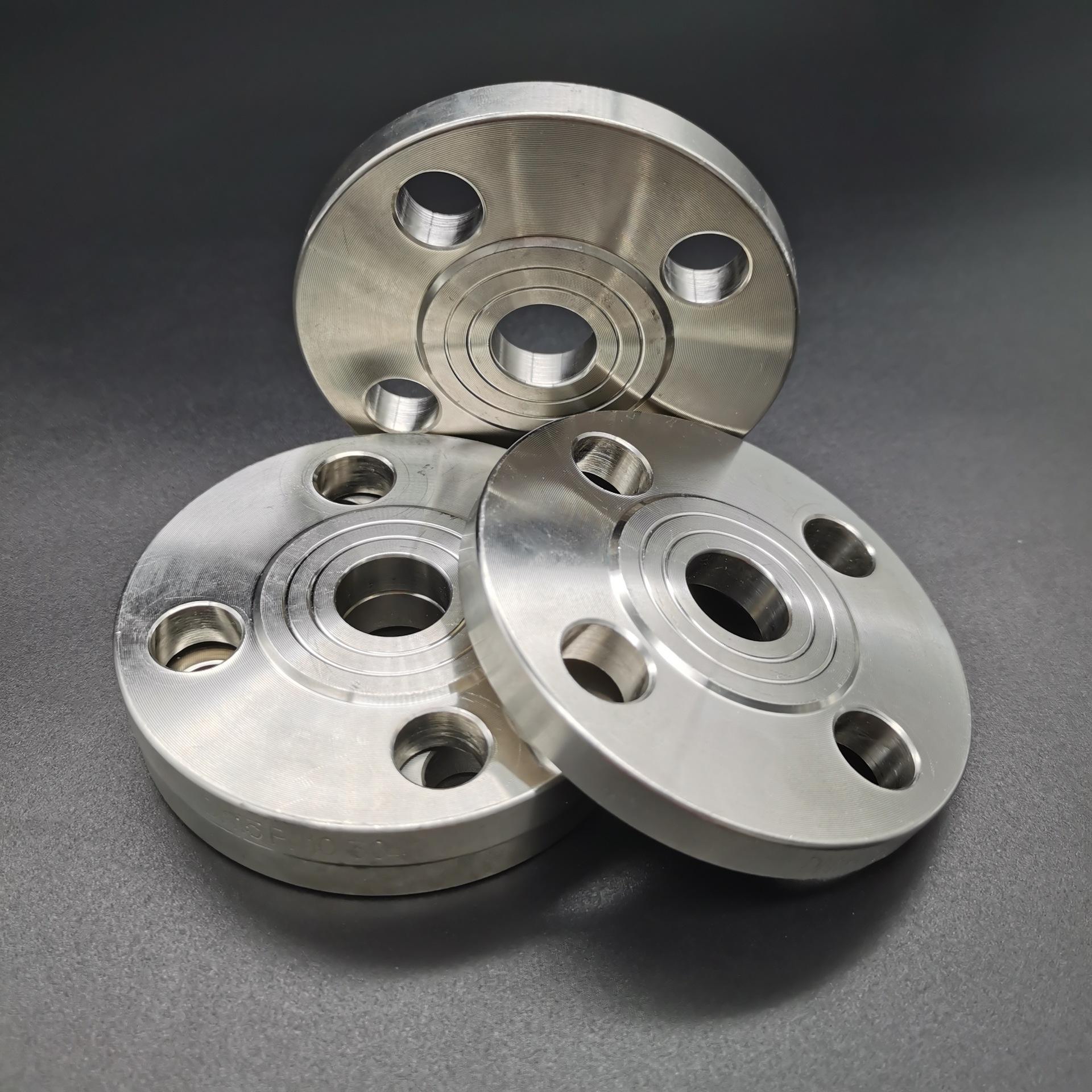Flat welding flange, also known as forged flange, steam pipeline flange, and plate flat welding flange, is used to connect carbon steel pipes, and the nominal pressure should not exceed 2.5 megapascals. The connection methods of flat welding flanges include single-sided welding, using double-nut connection. During welding, only single-sided welding is required, and there is no need to connect the welded pipe inner hole with the flange commonly used in low-pressure and medium-pressure pipelines.
According to the movement of the forging die, the forging of flat welding flanges can be divided into ring rolling, rotary forging, and cross rolling; precision forging can also use rotary forging and ring rolling. Some complex forging processes are completed in one or more steps, with the aim of improving the utilization of heat treatment.
Forging Methods
The forging of flat welding flanges can be divided into free forging and extrusion. Generally, the unheated zone at room temperature is called cold forging, and the crystallization temperature zone is called hot forging. When forging flat welding flanges at low temperatures, the change in forging dimensions has little impact. Forging below 700°C does not cause decarburization on the flange surface. The advantage is that even with relatively small forging forces compared to forging dimensions, complex and high-precision products can be formed.
During the processing, flat welding flanges will extend from the mold surface to the free surface, making it difficult to ensure precision. With lower forging forces, complex and high-precision products can be obtained. Therefore, for better product processing, the movement direction of forging dies and the rotary forging process are computer-controlled, as seen in the forging of large and various types of steam turbine blades in enterprises engaged in production and operation.
Characteristics of Flat Welding Flanges
Flat welding flanges are a type of movable flange plate. In practice, the flange is made up of steel rings and flanges that are fitted onto the end of a pipe. This allows the flange to move on the pipe end, and such flanges or flange steel rings are commonly used with fittings for water supply and drainage pipelines. When the manufacturer delivers the product, flanges are designed at both ends of the expansion joint, and bolts are used directly between the pipeline and equipment to establish a connection.
Flat welding flanges not only save space and weight but also ensure that the joints do not leak, providing excellent sealing performance. Then, flange gaskets and sealing rings are replaced to ensure that the sealing surfaces match. Due to the reduced force area of the forged piece, the dimensions of the compact flange can be reduced. The reason for this reduction is the decrease in the diameter of the sealing ring, resulting in a continuous decrease in the cross-sectional area of the sealing working surface. In this way, only a small pressure is needed to compress the sealing surface. As the pressure decreases, the size of the bolts and the required number of bolts also decrease accordingly, resulting in the design of lightweight products.
Flat welding flanges are of high quality, and they adhere to various standards such as national standards, electrical standards, German standards, American standards, Japanese standards, and more. The primary materials used for flanges are carbon steel, alloy steel, and stainless steel. The main methods of corrosion protection include oil coating and galvanizing. Flat welding flanges exhibit excellent pressure and temperature resistance, making them suitable for high-pressure and high-temperature working environments.

